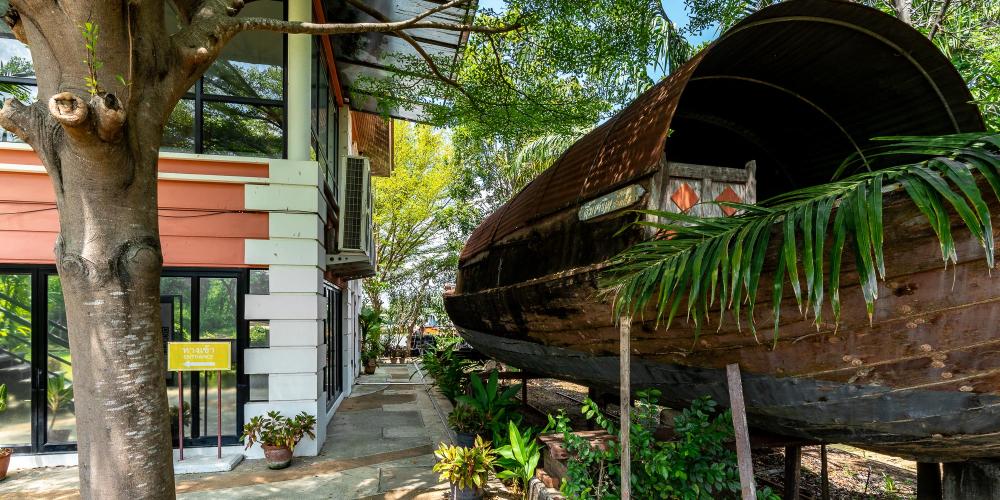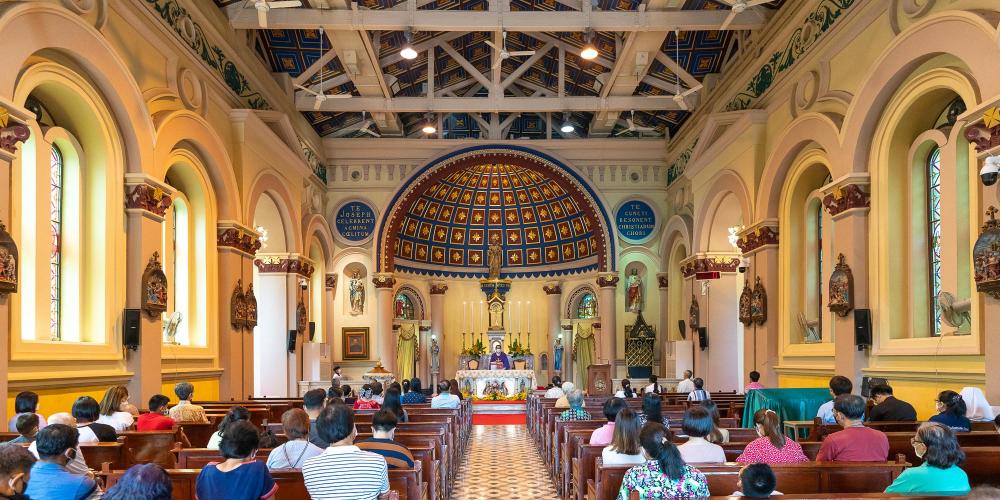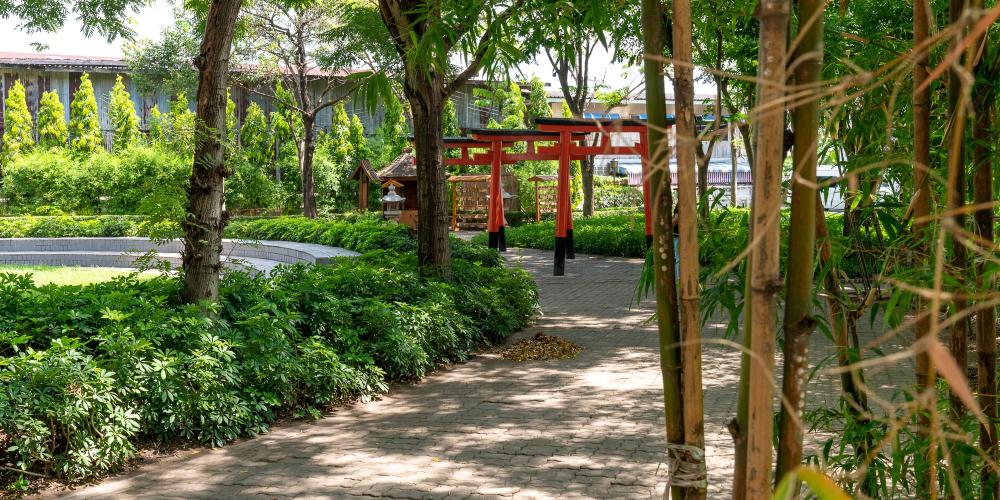Foreign settlements
As Ayutthaya's position as a centre for international trade grew, so did the number of foreign traders in the city. The largest of these communities needed not just space to live, but land for their commercial buildings and access to the river. The rulers of Ayutthaya gradually granted land along the riverbanks south of the main island to some of the most important trading partners, where they established settlements.
Some of these foreign districts are accessible today, where visitors will find historic remains and exhibitions about the history of the sites.
Portuguese
The Portuguese were the first Europeans to come to Ayutthaya and establish a formal relationship. In 1511, King Ramathibodhi II hired Portuguese fighters to help in a war against the Burmese and in 1540, King Chai Racha gave them a plot of land on the west bank of the Chao Phraya River for a settlement.
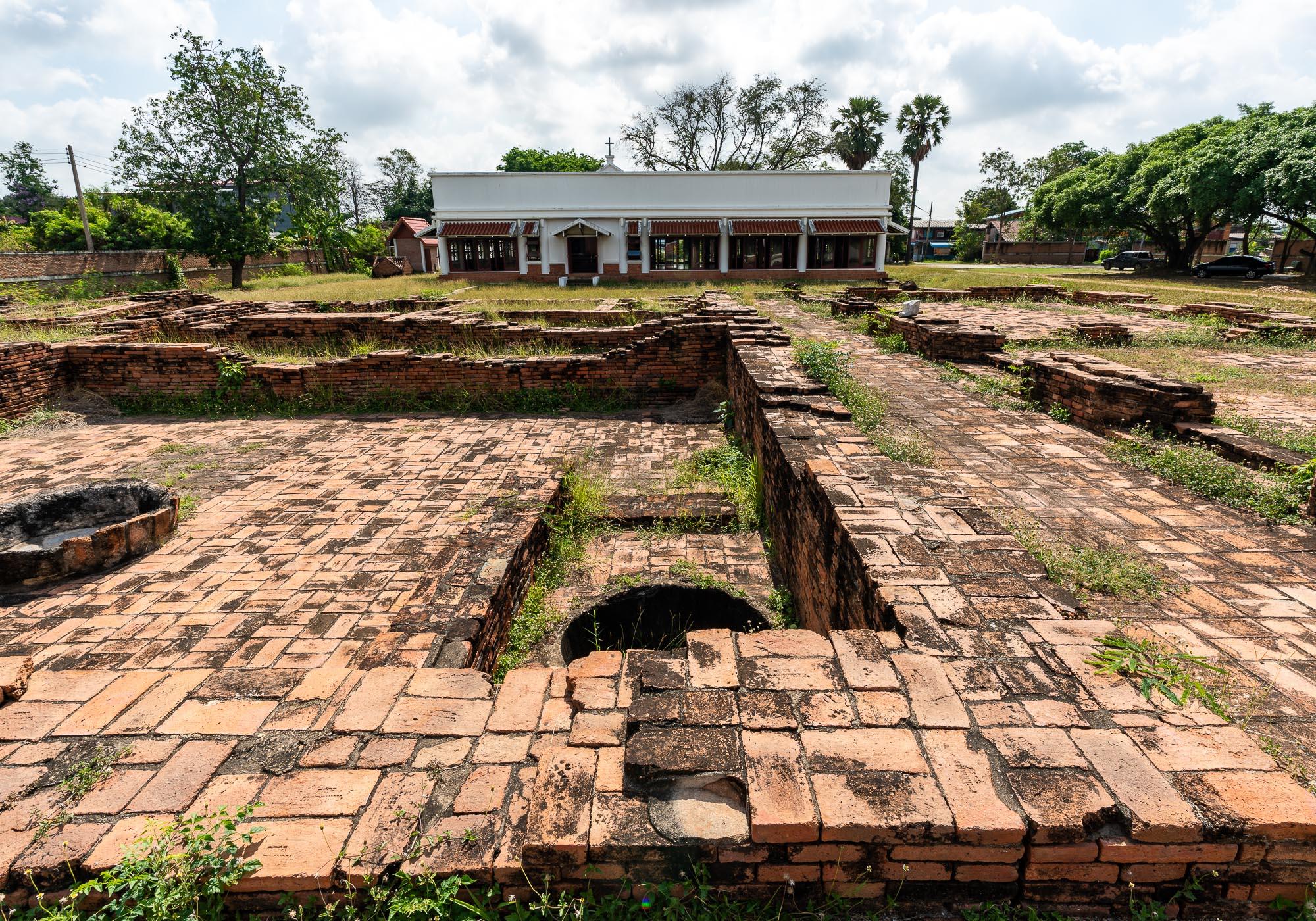
With a population of at least 3,000 people, the Portuguese Village was probably the largest European community in Ayutthaya and had three Catholic churches. These days, though, here is little more to see than a collection of brick foundations and a small museum.
Dutch
The Dutch arrived in Ayutthaya in 1601 and established a robust trading relationship between the kingdom and the East Indian Company, which had a presence in much of Southeast Asia. They settled the Dutch Village (Baan Hollanda) in 1634 on land alongside the Chao Phraya River that they were given by King Prasat Thong after providing naval assistance in a war against Pattani.
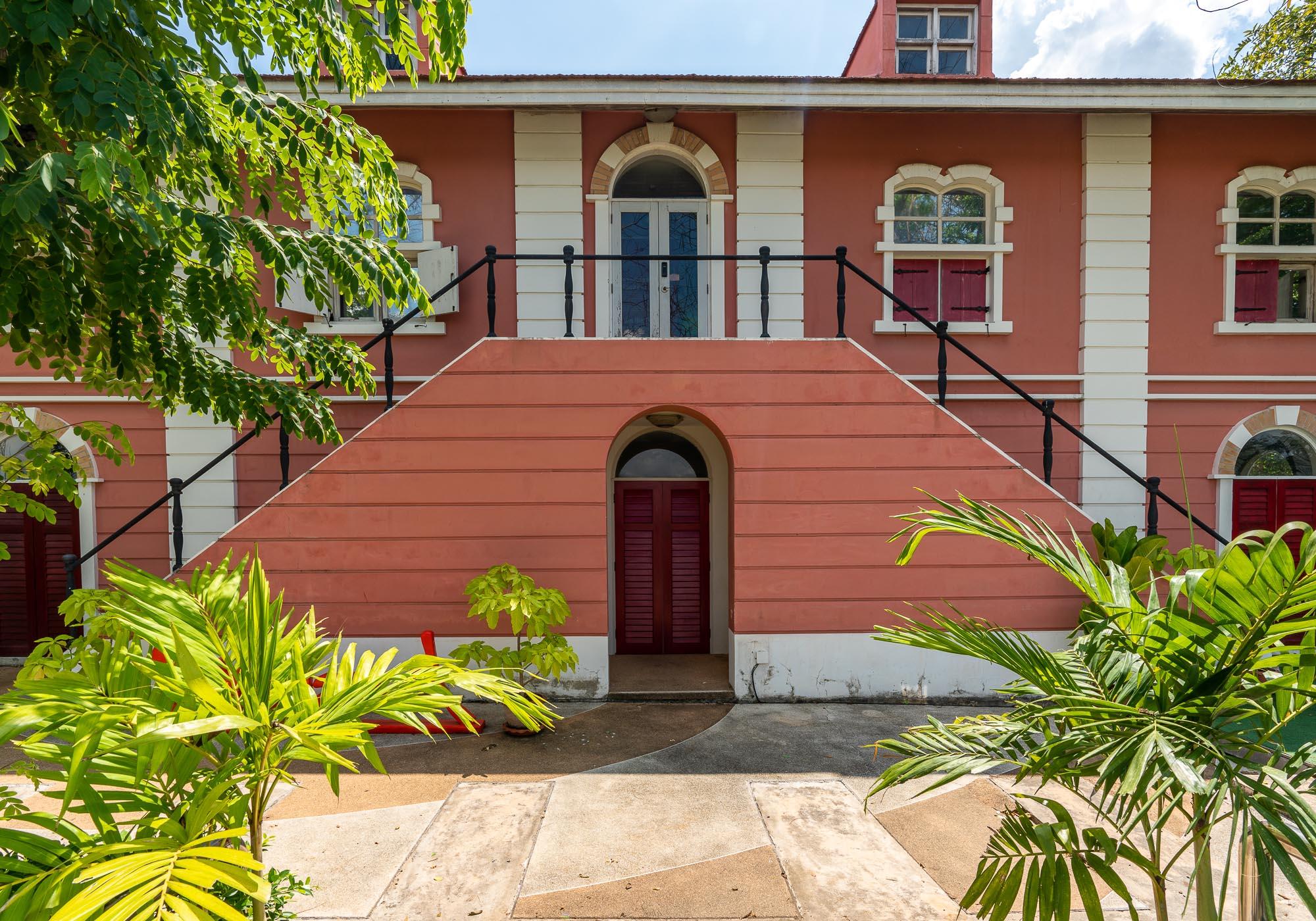
While there are some building remains on the site, the most interesting part for visitors is the two-story building that is a replica of the trading company's headquarters. Exhibitions inside include artefacts from the time and a detailed explanation of the settlement's history.
French
The site of the French district is distinguished today by St Joseph Church, a large yellow building which is still used for worship. It was first built in 1666 after King Narai offered the French missionaries the land to build the church and a school. Although the church was burnt down during fighting between Ayutthaya and Burma, it was restored in 1831 and the tombs of the original missionaries arranged within it.
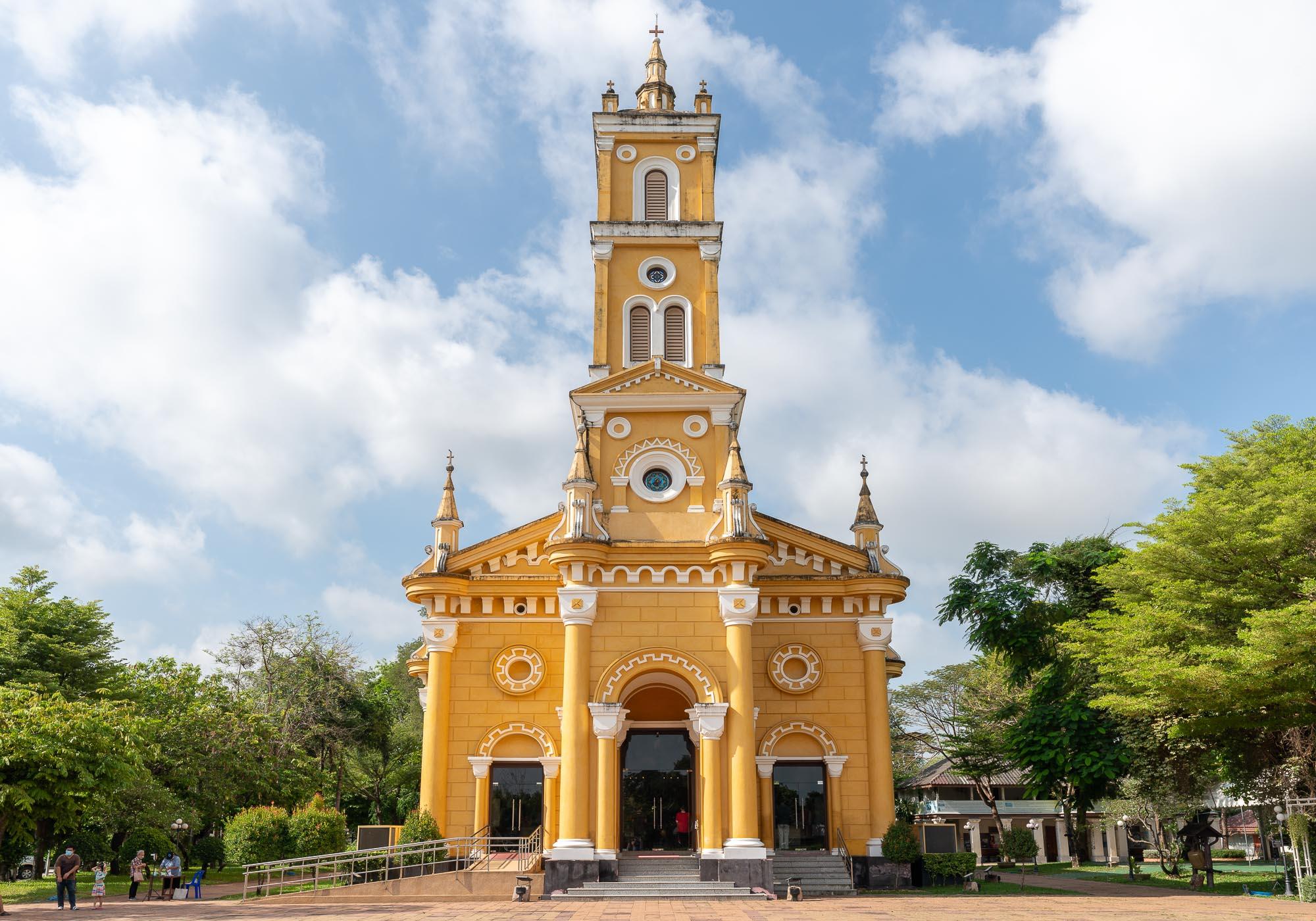
Visitors are welcome to see the riverside church and its Gothic architecture, along with a garden and small outdoor exhibition about the French time in the city.
Japanese
The Japanese first arrived in Ayutthaya at the end of the 1500s, first as a small settlement of traders who built storage facilities, before their own ships began to arrive several years later. The Japanese were based around a site on the eastern bank of the Chao Praya River, opposite the Portuguese Village, and it became one of the largest foreign settlements. It consisted not just of traders but also a large number of mercenaries that were hired by Ayutthaya for military campaigns.
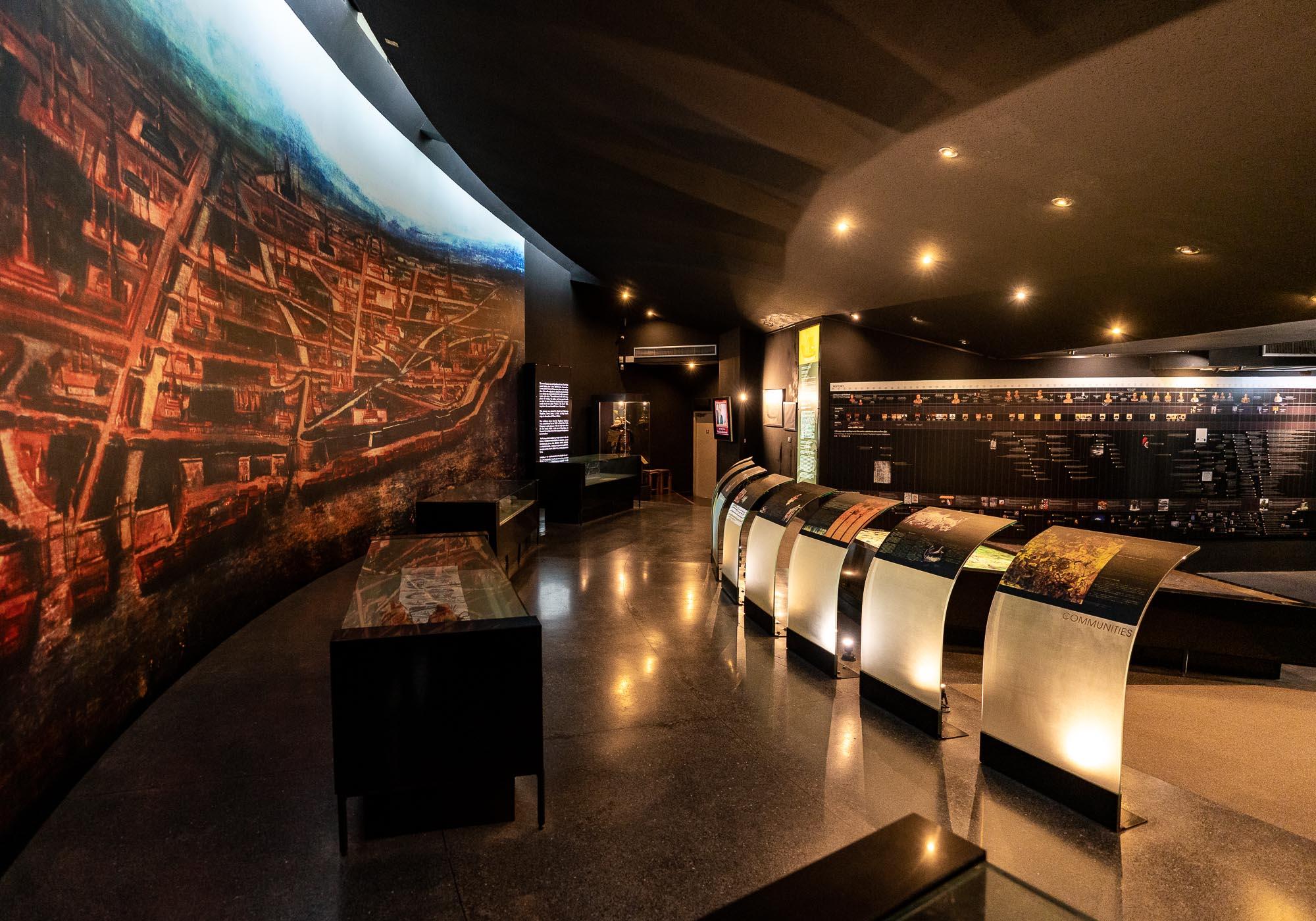
The museums at the Japanese Village are among the most comprehensive of the foreign districts, with an excellent coverage of Ayutthaya at the time, as well as exhibitions about notable Japanese residents. With a garden and tori gates alongside the river, it's a lovely insight into the life of foreigners in the historic city.
